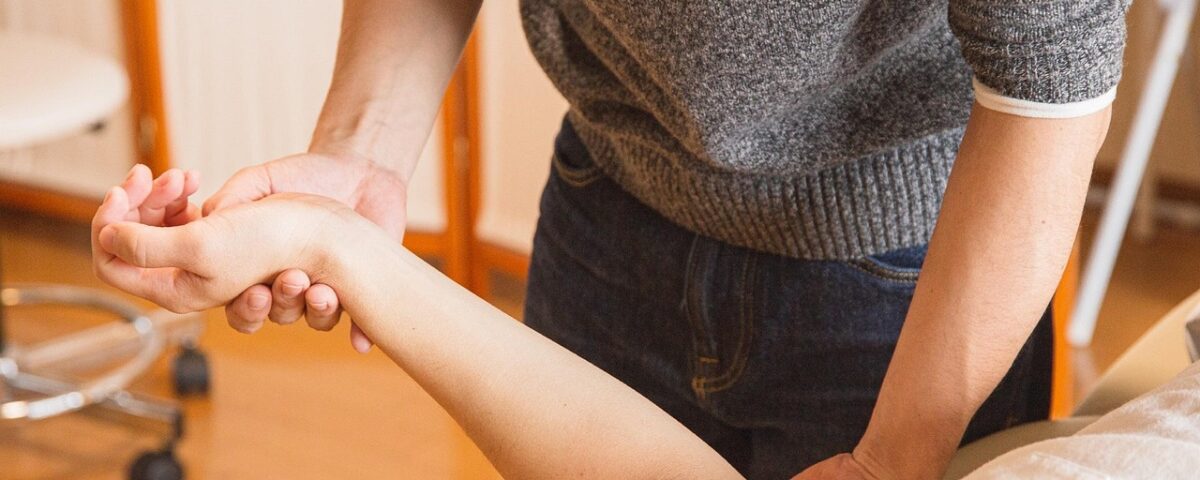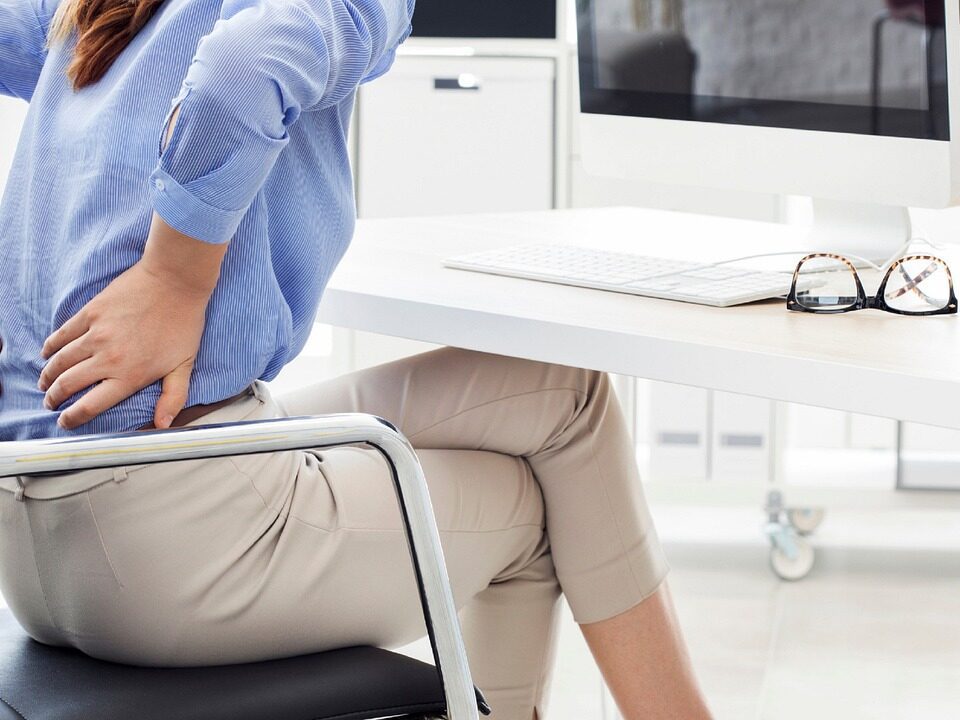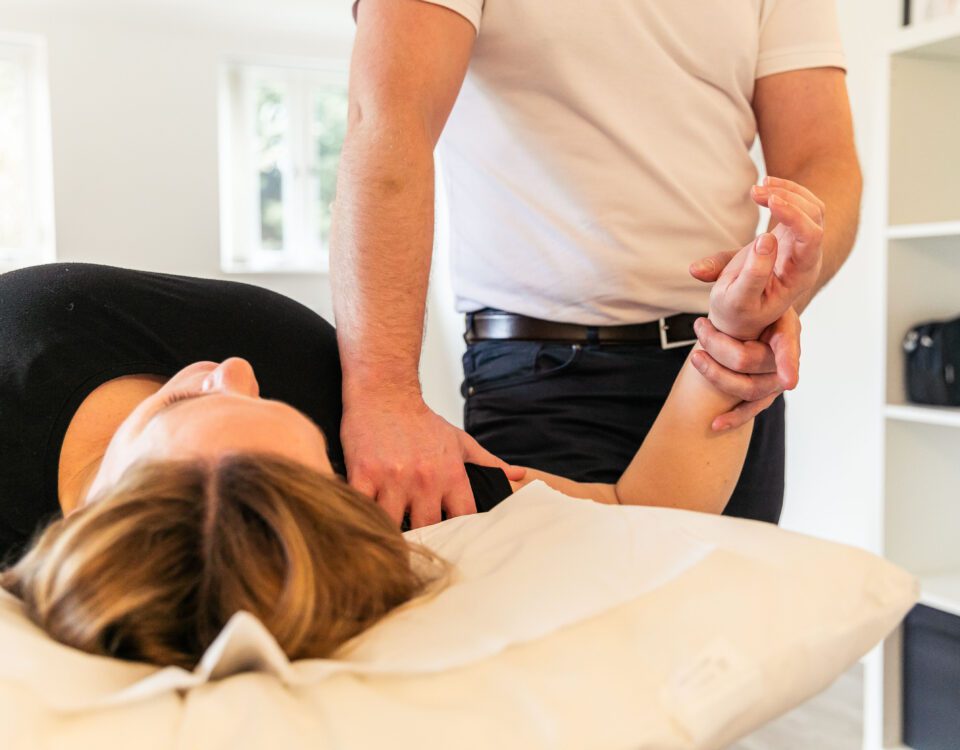
How Hands‑On Osteopathy & Manual Therapy Really Help You Recover
16 June 2025
What Will My Osteopathy Appointment Be Like?
17 July 2025“Aligning Manual therapy with Exercise for Faster, Lasting Rehab”
If you’ve ever wondered “what’s the best way to recover from muscle or joint pain?” or “how does manual therapy work alongside rehab exercises?”, this article breaks it down clearly. Today’s spotlight: combining precise, hands-on manual therapy with purposeful exercise for optimal, long-term recovery—no fluff, just real results.
Why Combine Manual Therapy with Exercise?
Modern rehabilitation recognizes that manual therapy alone is not enough. A 2025 systematic review confirms that pairing manual interventions with active exercise leads to significantly better outcomes than using passive techniques alonetandfonline.com. For example, for subacromial shoulder pain, research has shown that combining mobilisation with strengthening exercises improves movement and diminishes pain more than mobilisations on their own jospt.org.
Technique + Exercise in Practice
Soft-Tissue Release + Strength Loading
-
What it is: Targeted, hands-on pressure to reduce muscle tension.
-
Exercise pairing: Controlled eccentric movements like calf lowers or glute bridges.
-
Why it works: Manual release boosts tissue quality, exercise builds resilience—resulting in 25% fewer re-injuries in athletes tandfonline.com+1arxiv.org+1en.wikipedia.org.
Joint Mobilisation + Stability Training
-
What it is: Gentle, accessory motions to regain joint glide.
-
Exercise pairing: Balance drills (e.g., single-leg stand on foam) to embed new motion patterns.
-
Why it works: Supports a smooth restoration of movement and control.
MET (Muscle Energy Technique) + Functional Strength
-
What it is: An active, resisted stretch to recalibrate muscle tone.
-
Exercise pairing: Functional exercises like band-resisted squats that use the same movement pathway.
-
Why it works: Embeds the changes from MET directly into everyday, meaningful movement.
Backed by Evidence & Clinical Logic of manual therapy with exercise
Clinical guidelines emphasize that modern manual therapy must include both passive touch and active, patient-empowering components like exercise, education, and lifestyle integrationtandfonline.comtandfonline.com+6pubmed.ncbi.nlm.nih.gov+6chiromt.biomedcentral.com+6. This aligns with best-practice frameworks designed for effective, person-centered care.
Real‑World Impact of manual therapy with exercise
Studies show that when manual therapy is paired with exercise, pain levels drop by up to 40%, function improves faster, and patients feel more independent in their recovery. Unlike passive-only methods, this combined approach supports self-management and long-term gains—crucial for preventing re-injury.
Structured Rehab Plan for You
-
Assessment: We identify your pain drivers—whether tissue tightness, joint restriction, or movement weakness.
-
Hand‑On Session: A tailored blend of soft-tissue release, mobilisation, and MET.
-
Exercise Prescription: Specific drills, delivered via video, designed to reinforce that session’s work.
-
Review & Progress: Each week, we review your drills and adjust both manual and active components to keep you moving forward.
Final Word
If you’re sick of stop-gap fixes and ready for a smart, sustainable recovery process, this is the method for you. Book a session now to combine skilled hands-on osteopathy with an exercise-focused rehab plan tailored to your body. Visit our website to schedule or browse our demo library for preview drills.
To book you session just click here


